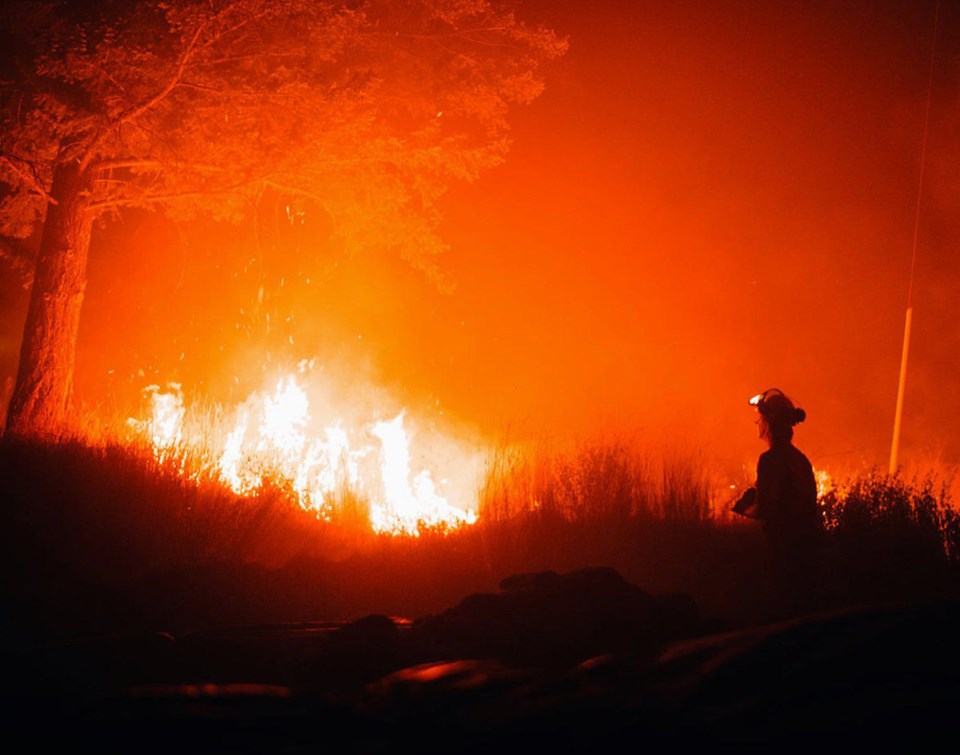On average, British Columbia has experienced 1,483 wildfires per year over the past decade. We are certainly on pace to exceed that number this year.
The number of fires varies from year to year, from a low of 653 in 2011 to a high of 2213 in 2023. But the trends would definitely suggest the number and severity of wildfires is increasing year over year.
Fortunately, Prince George has not suffered a major fire yet.
The city is doing what it can to prevent a major firestorm with plans to remove underbrush and thin forest stands. Certainly, small fires in our region can be dealt with through the actions of municipal and volunteer fire departments. But the sort of conflagration which has devastated Jasper is still a possibility.
After all, we live in a forested landscape with lots of fuel at our doorstep. We also keep building new developments into existing forests, such as the housing along Tyner Boulevard. It is likely only a matter of time before our region suffers a heat dome sufficient to dry out the woods and allow a fire to take hold. Housing in forests will be susceptible to the sort of fires we are seeing elsewhere.
An underlying question: “Is the burning of B.C. a result of the changing climate?” If it is, then things are only going to get worse. Climate change would seem to promise more fires, more frequently, causing more damage and destroying more lives.
It would be easy to say the answer to that question is “yes” but there are more factors at play than just the recent heat domes and increasing surface temperature. Don’t get me wrong – the overall increase in the mean surface temperature of the planet, which has exceeded 1.5 degrees Celsius for the past 13 months, is definitely a contributing factor. But fires have claimed B.C. towns and cities before.
In 1886, Vancouver burned to the ground. Of the 400 structures in the brand-new city, only two were left standing. In 1868, Barkerville was destroyed by fires as 116 homes burned.
However, in the past few years, we have seen fires destroy Lytton, threaten Kelowna and Fort St. John, force evacuations in the southern interior and destroy large tracts of forest and brush. In Alberta, Fort McMurray and now Jasper have been heavily damaged by forest fires.
The population of B.C. is growing, with more than 5.1 million people in the province. Our cities are pushing into forested landscape. More people are taking advantage of the outdoors.
The B.C. Forest Service estimates that 42 per cent of fires are human-caused. And as our population keeps growing, the likelihood of fires caused by human interactions will continue to increase.
Add in hot, dry summers and it is not a question of will B.C. burn, but when will it happen? And what are we doing to prepare?
Todd Whitcombe is a chemistry professor at UNBC.



